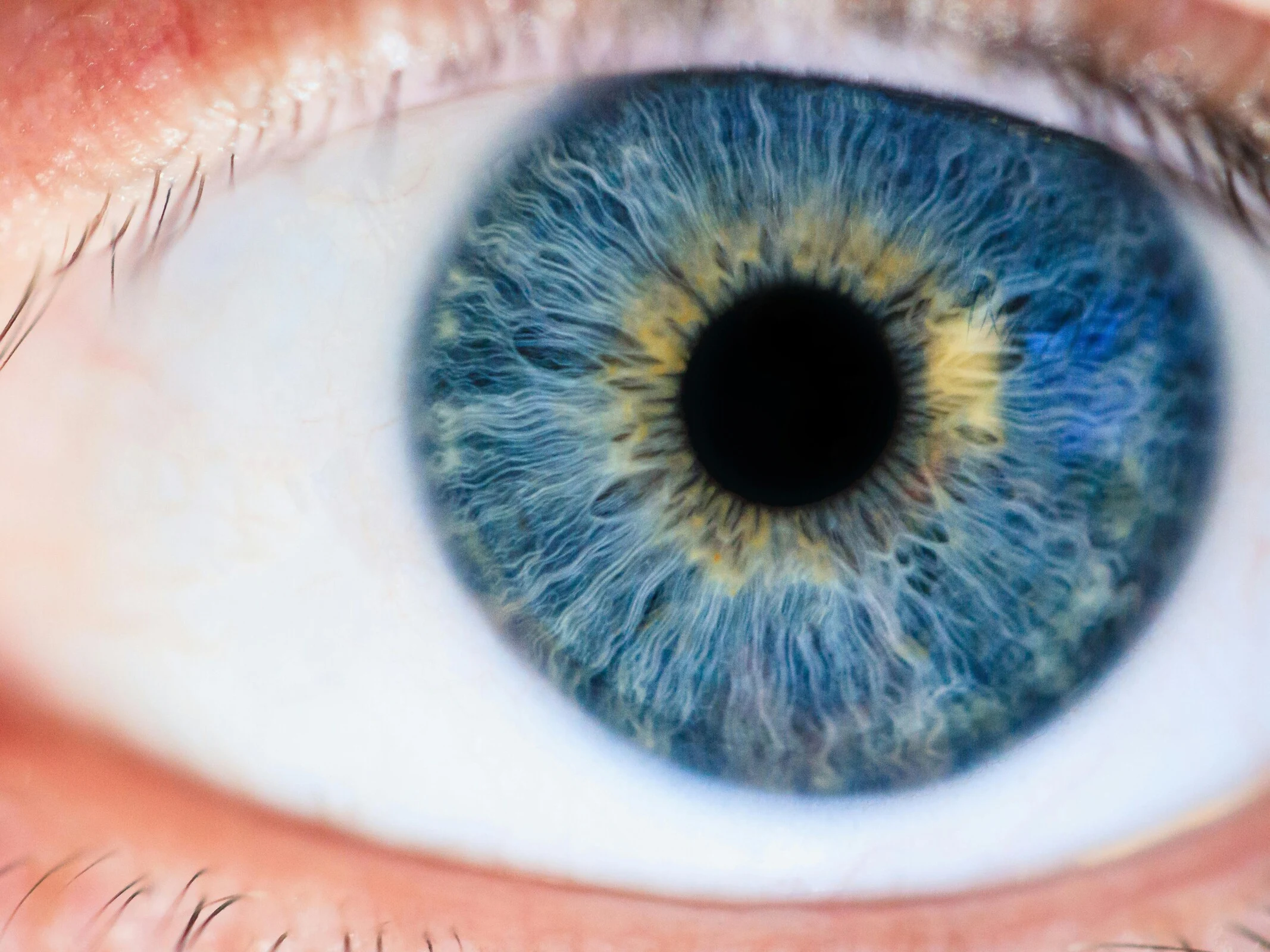Key Takeaways
1. A new color named “Olo” has been discovered, which is invisible to the human eye without specific ultra-precise laser light.
2. Olo can only be perceived when M-cones in the retina are activated by this unique laser light; no natural or screen light can replicate it.
3. Test subjects described Olo as “incomparably saturated” and “breathtakingly intense,” comparing it to a bright turquoise but with unmatched intensity.
4. The discovery process involved a complex and costly setup, making it unlikely for mass production or public access in the near future.
5. Future applications of this discovery could enhance display technologies and possibly aid in treating color blindness or improving visual perception research.
Science has shown us a new color that is actually invisible to the human eye in normal situations. A study published on April 18, 2025, in Science Advances, researchers from the University of California Berkeley explained a new way to perceive color. They used very precise laser pulses and named this color “Olo.”
A Unique Discovery
What seems like something out of a science fiction tale is based on a very controlled physical process. Olo can only be seen when the M-cones, which are the color receptors in our retina, are activated by ultra-precise laser light. Without this specific type of light, the color stays completely hidden. No screen or natural light can mimic it. In the study, five participants engaged in a total of 222 color comparisons using a special optical setup. The findings indicated that Olo is outside the traditional LMS color space. To compare it with regular colors, researchers had to blend it with white light to desaturate it.
Vivid Descriptions
Olo has been compared to a bright turquoise, but its intensity is unmatched by any other known color. Test subjects described it as “incomparably saturated,” “blue-green with a hint of blue,” and “breathtakingly intense.” Co-author Ren Ng referred to it as “unimaginably saturated,” suggesting a richness that goes well beyond anything that can be shown on screens or printed media.
Future Implications
The setup used to discover Olo is quite complex, costly, and not ready for mass production yet. Therefore, it might take a while before the general public can see this new color. Nevertheless, scientists are optimistic about what this discovery could lead to. Future display technologies might provide much more vibrant color experiences by targeting specific cone receptors in our eyes. There are also potential medical applications; this technique could eventually help treat color blindness or enhance research into how the brain can adapt and modify visual perception.
Source:
Link


Leave a Reply